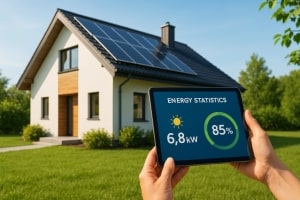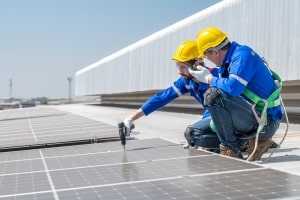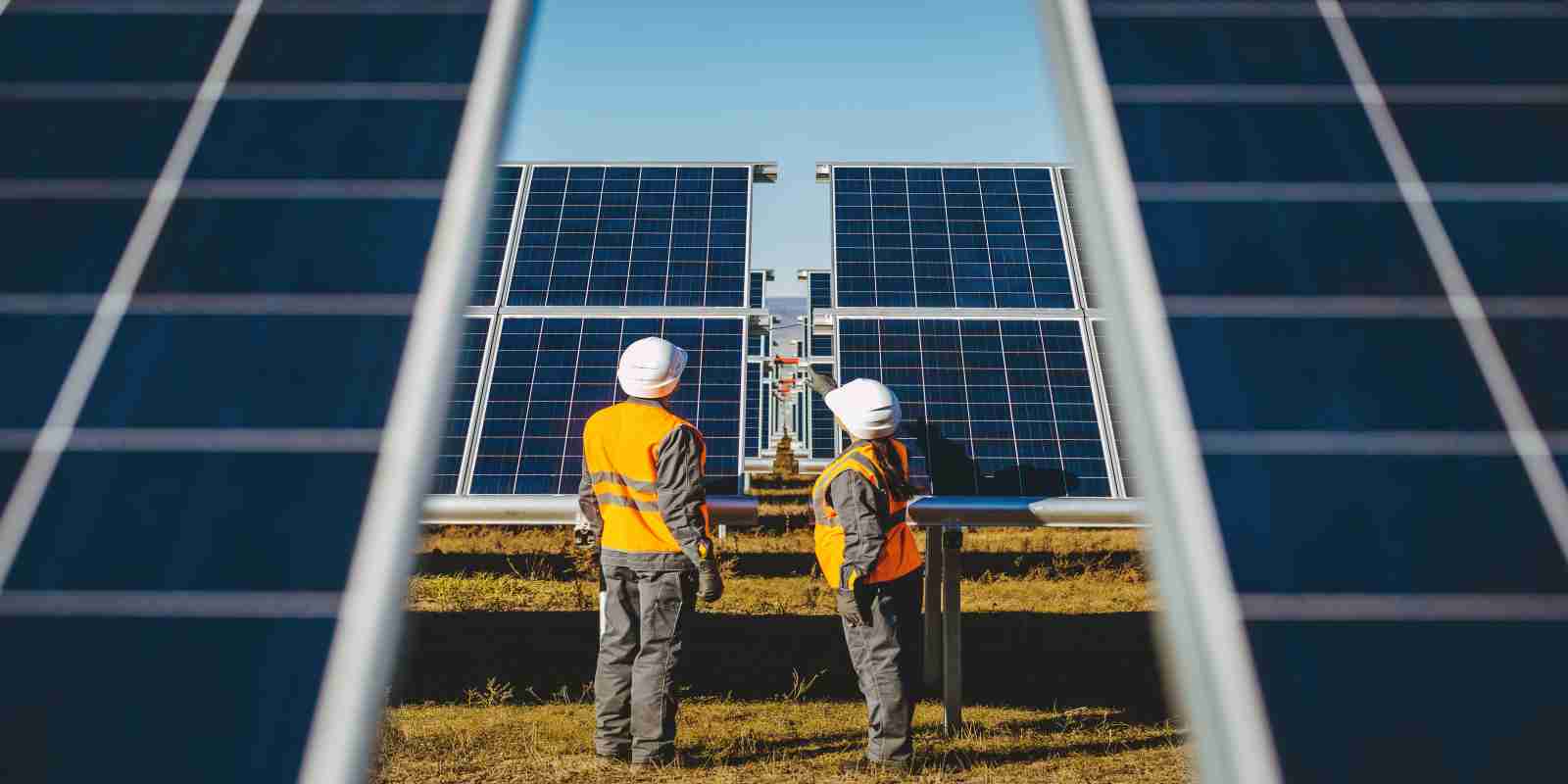
Despite recent changes to legislation surrounding the federal tax credit, solar power remains an attractive upgrade for Maryland facilities. Properly implemented solar installations can offset rising energy costs while increasing the organization’s sustainability. However, the cost of installing solar panels also continues to rise due to tariffs, inflation, and planned rate increases by providers.
Rising installation costs suggest that now may be the perfect time to invest in solar energy. The sooner facilities transition to solar power, the sooner they can start reducing operating costs. This article details the impact of solar power on Maryland operations and how local solar contractors can customize installations for your facility.
Lower Energy Costs
Modern solar installations leverage advancing technology to provide energy cost savings to even large-scale facilities. In July 2025, the average electricity cost for commercial facilities in Maryland was 15.14 cents per kWh, according to the EIA, an increase of 2.09 cents from July 2024. This increase of approximately 16% makes solar energy an even more significant investment since solar energy is not subject to the same inflation as grid-based electricity.
This means facility owners can future-proof their utility bills against yearly energy price increases with solar power. Net metering also provides facilities with credits when their arrays generate excess energy. These credits help facilities fulfill their needs during high-demand times without using on-grid power.
Higher Property Values

Buildings equipped with solar energy installations are often valued as much as 5% higher, according to studies by the Lawrence Berkeley National Laboratory. This is because commercial cap rates impact their market premiums through solar savings.
For example, a 25,000 sq. ft. commercial facility saving $50,000 each year in electricity costs due to solar generation would add this figure to its net operating income. When investors value income-generating properties, the cap rate impacts their estimates proportionally to this premium. For example, a 5% cap rate would result in a valuation of $50,000/.05 or $1,000,000 in additional property value.
In this example, if the facility is valued at $25 million, these solar savings result in a gain of 4% in market value. For property analysts in Maryland, this makes a commercial solar investment a percentage premium added to property values, one that may potentially increase in value over time as inflation continues to impact on-grid utility costs.
Energy Independence
Solar installations provide facilities with reliable energy production, reducing their dependence on the grid. Installations equipped with battery storage also help facilities mitigate the costs of power outages, infrastructure challenges, and grid failures by maintaining service continuity.
This energy independence reduces the chances of an unexpected spike in energy costs due to peak time usage or natural disasters, when the energy grid is most strained. While other facilities are out of power or burdened with higher energy distribution fees due to peak usage costs, facilities equipped with solar power can keep operating costs down, even during a disaster.
Lower Maintenance
Relying on traditional electricity results in many hidden operating and maintenance costs, including service interruptions, replacement and upkeep costs for backup generators, and rising fees resulting from changes in utility infrastructure costs. Facilities relying solely on conventional electricity must repair systems, replace equipment, and reduce production downtime costs after every surge or outage.
With less dependence on the grid, emergency repairs are not as needed following every disruption. Solar panels and battery backups take pressure off operating procedures to recoup the costs of disasters, freeing up staff members and resources for more important decisions.
Cost Predictability

Solar installations reduce operating costs by locking in the facility’s utility prices. This raises the transparency of operating budgets by keeping the facility’s costs steady year-on-year, even as on-grid electricity prices fluctuate due to infrastructure hikes, delivery charges, tariffs, labor costs, material prices, and more.
Energy Select Helps Maryland Facilities Capitalize on Solar Benefits
Facility owners in Maryland can use solar energy to their advantage by increasing their property values, lowering energy costs, and achieving energy independence amid the rising cost of on-grid power generation. Solar arrays provide long-term energy security by mitigating rising costs with stable energy prices in exchange for installation and maintenance costs.
At Energy Select, our team of solar energy professionals provides customized solar solutions for commercial and residential properties. We offer energy usage analyses to help facilities gauge their efficiency. Numerous financing options are available to help facilities afford effective solar installations and stay off the grid.
Contact our team today for customized solar proposals, energy usage analyses, and access to our support app to reduce operating costs in your facility with state-of-the-art solar installations.


